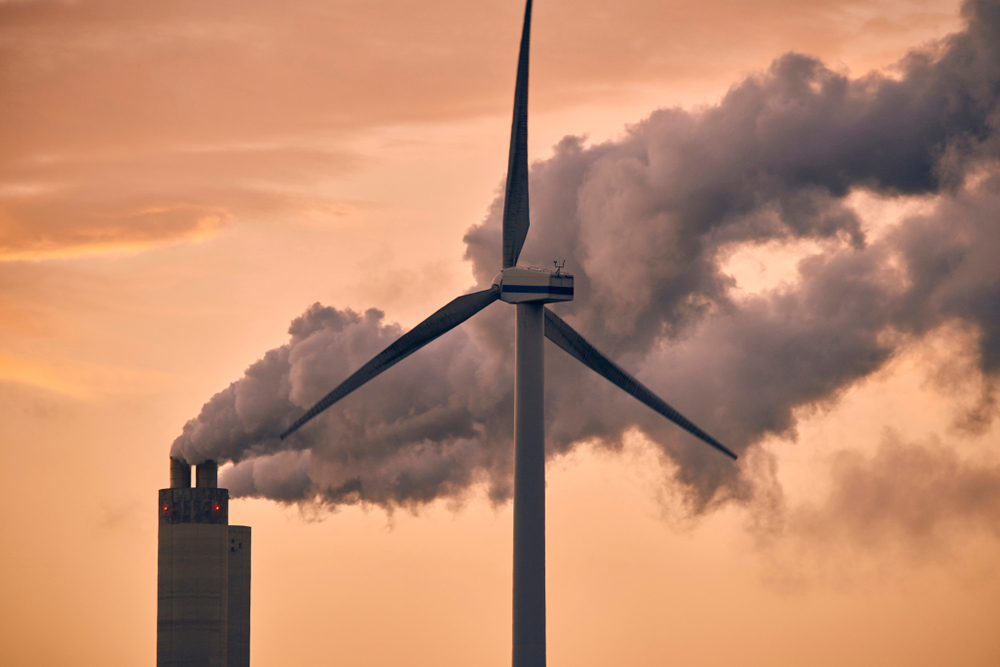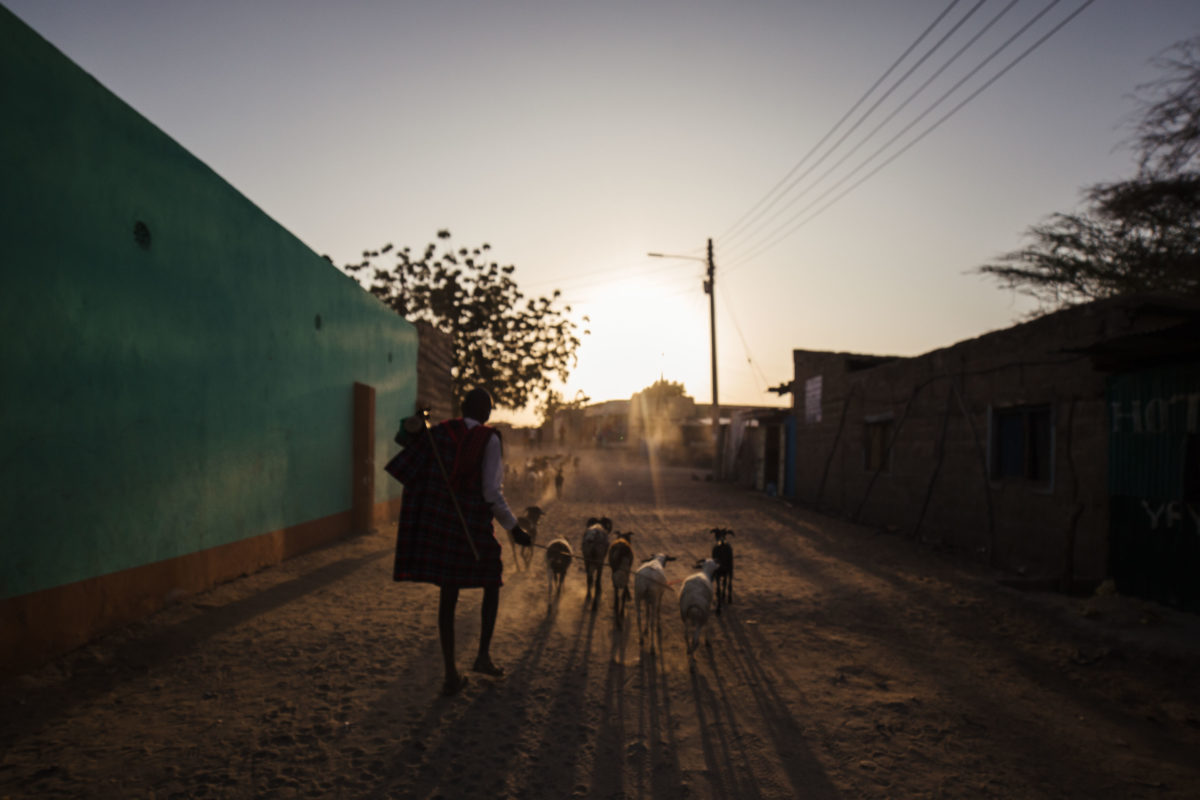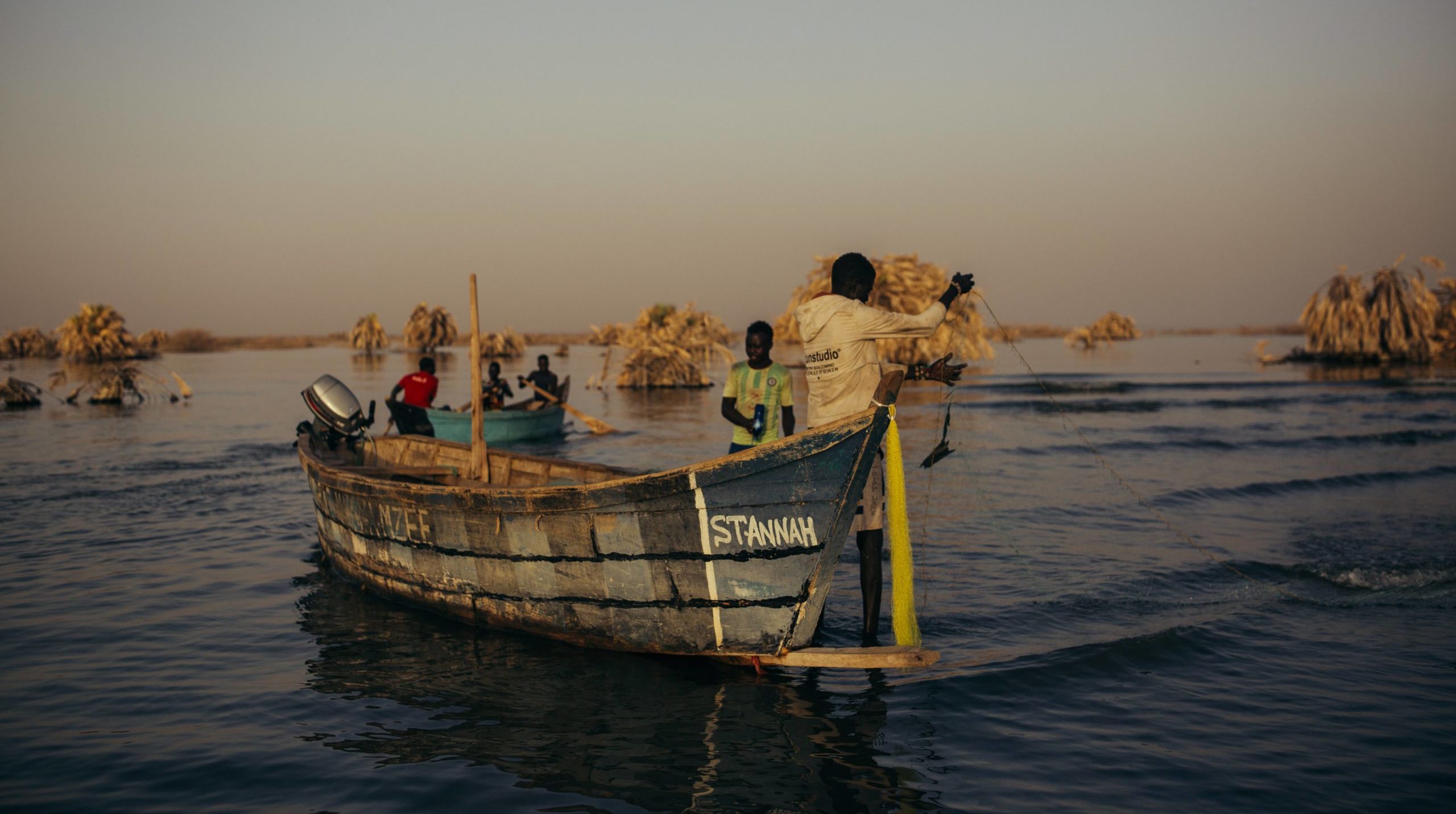-

Pulitzer Center Update
Pulitzer Center Announces the 2023-2024 Cohort of AI Accountability Fellows
The Artificial Intelligence Accountability Network, the Pulitzer Center's initiative to support and...
September 11, 2023 -

Project
Saving Kakamega Forest
Kakamega Forest in Kenya is the last remnant of the once-great tropical rainforest that stretched...
-

Most people want to do good and reduce their own carbon emissions when it comes to the climate...
-

Pulitzer Center Update
Event at Scripps College Explores Reproductive Justice
The Pulitzer Center partnered with the Claremont Colleges’ Intercollegiate Feminist Center for an...
March 30, 2023 -

How do former pastoralists still perceive the wealth and social hierarchy that animals signify for...























